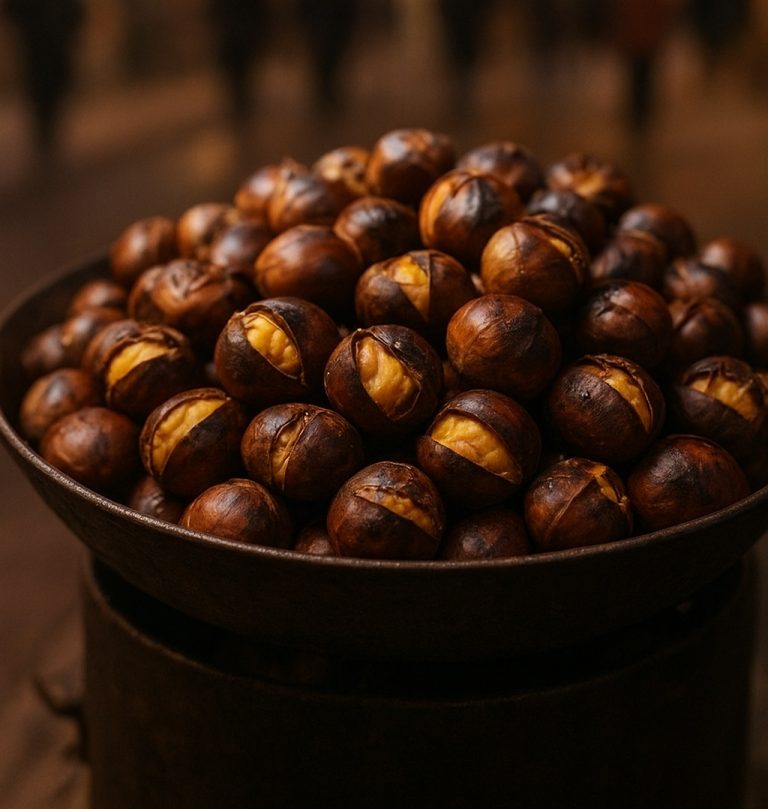
Introduction
Tiganites are a beloved traditional Greek dish, often enjoyed as a snack or dessert. These small, fried dough balls are typically made with simple ingredients and can be customized with various toppings to suit individual tastes. Their name derives from the Greek word “tiganito,” which means “fried.” This article delves into the origins, preparation, variations, and cultural significance of tiganites, highlighting their place in Greek culinary traditions.
Origins
Tiganites have roots in ancient Greece, where frying dough was a common cooking method. Historical records indicate that similar dishes were enjoyed by ancient Greeks, often made with leftover bread or dough. These early versions were not only practical but also a way to make use of ingredients that might otherwise go to waste. Over the centuries, tiganites have evolved into a popular street food, especially during the summer months, often enjoyed at festivals, fairs, and family gatherings.
Preparation
The basic ingredients for tiganites typically include:
- Flour: All-purpose flour is most commonly used, although some variations may incorporate whole wheat or other types.
- Yeast: This helps the dough rise and become fluffy, contributing to a light texture.
- Water: Essential for mixing and creating the dough.
- Salt: Adds flavor to the final product.
- Oil: Used for frying, with olive oil being a popular choice for its rich flavor.
Basic Recipe
Here’s a step-by-step guide to making tiganites at home:
- Mix the Dough: In a large bowl, combine 2 cups of all-purpose flour, 1 packet of dry yeast, 1 teaspoon of salt, and about 3/4 cup of warm water. Stir until a sticky dough forms.
- Knead: Transfer the dough to a floured surface and knead for about 5-7 minutes until smooth and elastic.
- Let It Rise: Place the dough in a greased bowl, cover it with a damp cloth, and let it rise in a warm place for about 1 hour or until it doubles in size.
- Shape the Dough: Once risen, punch down the dough and shape it into small balls, about the size of a golf ball.
- Fry: In a deep pan, heat oil (preferably olive oil) to around 350°F (175°C). Carefully drop the dough balls into the hot oil, frying in batches to avoid overcrowding. Cook until golden brown, about 3-4 minutes on each side.
- Drain and Serve: Remove the tiganites from the oil and place them on paper towels to drain excess oil.

Variations
Tiganites can be enjoyed in several ways, depending on personal preferences and regional variations:
- Sweet Tiganites: These are often drizzled with honey, sprinkled with cinnamon, and dusted with powdered sugar. They make for a delicious dessert or breakfast option.
- Savory Tiganites: Served with feta cheese, olives, or a variety of dips like tzatziki or hummus. This version is perfect as an appetizer or a side dish.
- Herbed Tiganites: Incorporating fresh or dried herbs like oregano, dill, or parsley into the dough enhances the flavor, creating a fragrant and tasty treat.
- Stuffed Tiganites: Some variations include stuffing the dough balls with cheese, minced meats, or vegetables before frying, adding an exciting twist to the traditional recipe.
Cultural Significance
In Greece, tiganites are more than just a snack; they represent a sense of community and tradition. They are often made during family gatherings, celebrations, and religious festivals, where they serve as a symbol of hospitality and sharing. Street vendors selling tiganites can be found at local fairs and markets, where the sizzling sound and enticing aroma draw in crowds of eager customers.
Tiganites are also featured in various cultural events, such as the Feast of the Assumption in August, where they are enjoyed alongside other traditional foods. Their popularity extends beyond Greece, as many Greek communities around the world celebrate their heritage by preparing and enjoying tiganites in their own homes.
Nutritional Aspects
While tiganites are a delicious treat, it’s essential to consider their nutritional content. Made primarily from flour and fried in oil, they are relatively high in carbohydrates and calories. However, when paired with nutritious toppings like yogurt, honey, or fresh herbs, they can be a satisfying addition to a balanced diet. Moderation is key, as with any fried food.

Conclusion
Tiganites are a delightful representation of Greek culinary heritage, embodying the flavors and traditions of the region. Their simplicity, versatility, and rich history make them a cherished dish among both locals and visitors. Whether enjoyed sweet or savory, tiganites continue to be a staple in Greek cuisine, offering something for everyone.
If you ever find yourself in Greece or at a Greek festival, be sure to indulge in this tasty treat. Not only will you savor their delicious flavor, but you’ll also experience a piece of Greek culture that has been passed down through generations. Tiganites truly encapsulate the spirit of Greek hospitality and the joy of sharing good food with loved ones.



